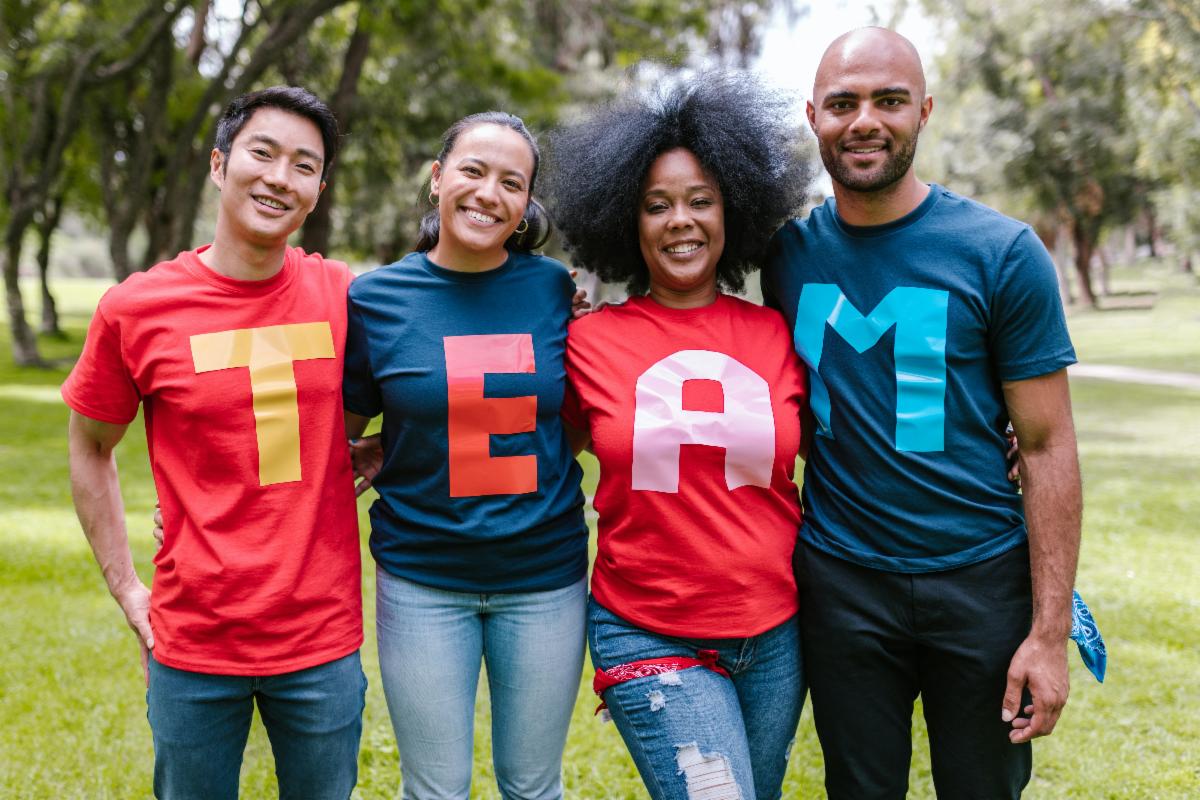
| October is National Health Literacy Month! From risk reduction, to screening and treatment, to follow-up care, health literacy can impact a broad range of health outcomes across the cancer care continuum. According to the Centers for Disease Control and Prevention, there are two types of health literacy: 1. Personal health literacy is the degree to which individuals have the ability to find, understand, and use information and services to inform health-related decisions and actions for themselves and others. 2. Organizational health literacy is the degree to which organizations equitably enable individuals to find, understand, and use information and services to inform health-related decisions and actions for themselves and others. We can work together to improve organizational health literacy so that we may better serve patients, caregivers, and families. In honor of Health Literacy Month, we invite you to spend some time exploring the resources below! Health Literacy Tools for Patients with Cancer (Wisconsin Cancer Collaborative in partnership with Covering Wisconsin) Health Literacy 101 (Wisconsin Health Literacy) Patient Education Materials Assessment Tool (PEMAT) and User’s Guide (Agency for Healthcare Research and Quality) Plain Language: Getting Started or Brushing Up (National Institutes of Health) Just Plain Clear: Glossary of Health Care Terms | en Español (United Health Group) The Link Between Health Literacy and Cancer Communication (Oncology Times) Health Literacy Basics (Centers for Disease Control and Prevention) Health Literacy Tool Shed (Database of health literacy measures from Boston University and the National Library of Medicine) We Heart Health Literacy (Communicate Health) Health Literacy Podcasts and Webinars (Association of Community Cancer Centers) Suggest a Resource Do you have a favorite health literacy tool? Let us know, and we may add it to our online Resource Center! |
